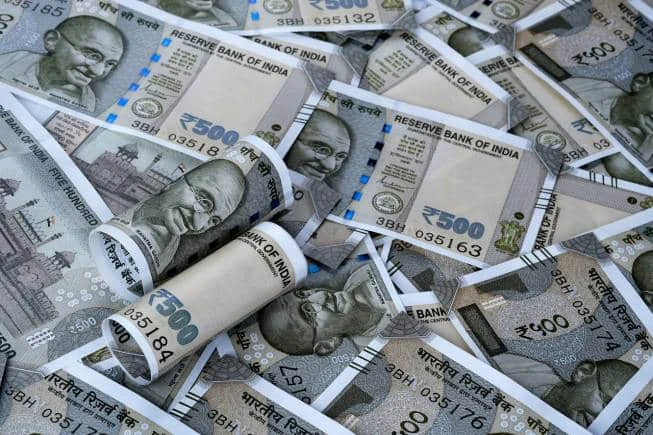The Indian rupee closed higher against the US dollar, tracking gains in Asian currencies, as easing US inflation data prompted traders to lower their expectations for federal reserve rate hikes this year.
This marks the fourth consecutive session in which the Indian currency has traded higher.
The domestic currency ended at 82.07 against the dollar, up 0.22 percent from its previous close of 82.25.
Additionally, the rupee received a boost from significant foreign capital inflows. Recent data revealed that foreign institutional investors (FIIs) bought around $6.7 billion in June and $2 billion in July in local equity markets.
“In the coming days, it is projected that the USDINR currency pair will likely trade within the range of 81.80-82.70. This expectation is based on inflows on one side, while the demand for dollars from importers is expected to limit any significant decline in the exchange rate.
The Reserve Bank of India’s intervention around 81.80 will be closely monitored if it allows the pair to break below that level,” CR Forex noted in its latest report.
Asian currencies gained ground as the dollar index extended its decline by 0.1 percent, following a 1 percent drop, which marked its biggest decline since January. US inflation slipped to a more than two-year low, with the US Consumer Price Index (CPI) declining to 3 percent on a yearly basis in June from 4 percent in May. Moreover, the core CPI dropped to 4.8 percent from 5.3 percent.
Meanwhile, India’s headline retail inflation rate ended its four-month declining streak and rose to 4.81 percent in June from 4.31 percent in May, primarily driven by a rise in vegetable prices and the fading effect of a favorable base.
Traders reduced their bets for a rate hike in November to approximately a 26 percent chance, down from 46 percent prior to the release of the CPI data, according to data compiled by Bloomberg.
Traders are eagerly awaiting the US Producer Price Index (PPI) for June and weekly jobless claims. Other significant economic indicators to be released today include UK GDP for May and Eurozone industrial production for May.
Among Asian currencies, the South Korean won gained 1.38 percent, the Taiwanese dollar rose by 1 percent, the Philippine peso increased by 0.77 percent, the Indonesian rupiah climbed by 0.73 percent, the Singapore dollar advanced by 0.36 percent, and the Thai baht saw a 0.21 percent rise.
The dollar index, which measures the strength of the US currency against major currencies, was trading at 100.24, down 0.28 percent from its previous close of 100.52.
Source: MoneyControl










